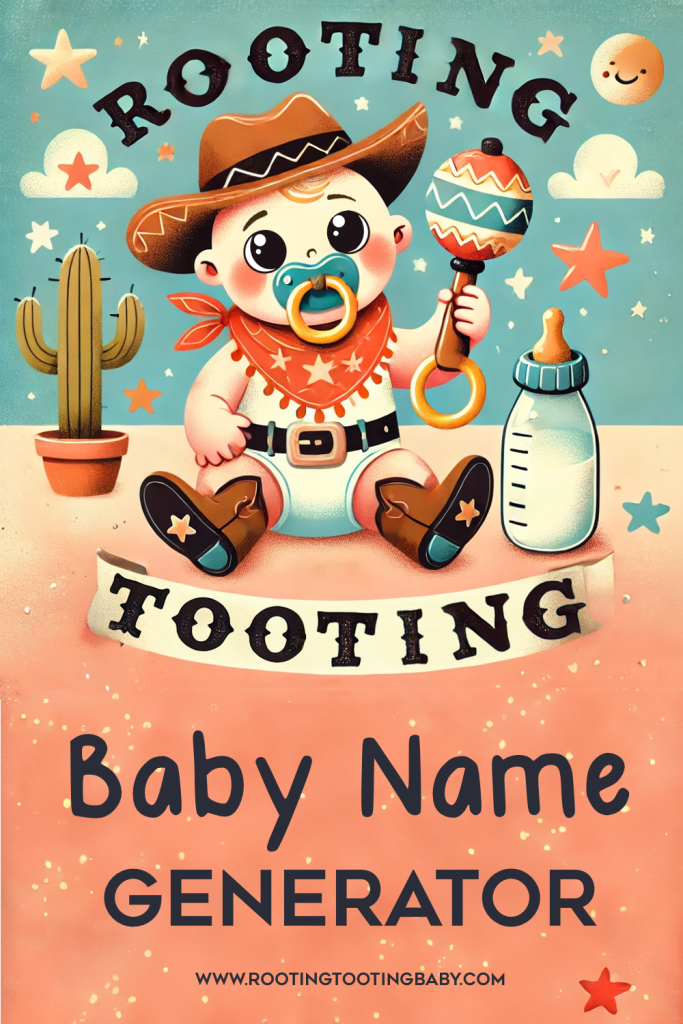The rooting reflex is one of the earliest signs of your baby’s natural instincts kicking in. It’s a fascinating and essential behavior that plays a critical role in your baby’s development and feeding habits. In this article, we’ll explore what rooting is, why it’s important, and how you can respond to it.
What Is the Rooting Reflex?
The rooting reflex is a newborn’s automatic response to stimuli near their mouth. When their cheek or corner of the mouth is gently touched, they instinctively turn their head and open their mouth, ready to latch onto a breast, bottle, or other object. This behavior is their way of searching for food, ensuring they can feed even before they learn more intentional movements.
Why Is the Rooting Reflex Important?
Rooting serves several critical purposes:
- Facilitates Feeding: The reflex helps babies latch onto a nipple or bottle to feed effectively.
- Builds Coordination: It’s an early step in developing hand-eye-mouth coordination, which is essential for later stages of eating and drinking.
- Signals Hunger: Rooting can be an early sign that your baby is ready to eat, even before they cry.
When Does Rooting Happen?
The rooting reflex is most prominent in newborns and typically starts to fade around 4 to 6 months of age as they gain better control over their movements. If you touch your baby’s cheek and notice them turning their head and opening their mouth, it’s a clear sign that this reflex is active.
How to Respond to Rooting
- Prepare for Feeding: If your baby starts rooting, it’s likely they’re hungry. Offer a breast or bottle to meet their need.
- Gently Guide Them: If they’re struggling to latch, gently guide their mouth toward the nipple or bottle.
- Understand Cues: Sometimes babies root even when they’re not hungry, as sucking can be comforting. A pacifier or clean finger may help soothe them.
When to Seek Advice
While the rooting reflex is a natural part of development, there are a few situations where you might want to consult a pediatrician or lactation consultant:
- Your baby struggles to latch or feed effectively.
- The rooting reflex doesn’t fade as expected after 6 months.
- You’re experiencing pain or difficulty during breastfeeding.
Fun Fact: Rooting Beyond Feeding
Did you know that babies sometimes show the rooting reflex even when they’re exploring their surroundings? For example, they might turn toward a soft toy or your finger, curious about the sensation. This behavior highlights how reflexes play a role in early learning and discovery.
Understanding the rooting reflex can make feeding your baby a smoother and more rewarding experience. By recognizing and responding to their natural instincts, you’re setting the foundation for a healthy and happy journey through infancy.
Capture the precious moments of your baby’s first milestones! Explore our adorable baby-themed products on Rooting Tooting Baby’s Store, from custom bibs to keepsake baby blankets, all designed with love. Shop now and make these memories last forever!


